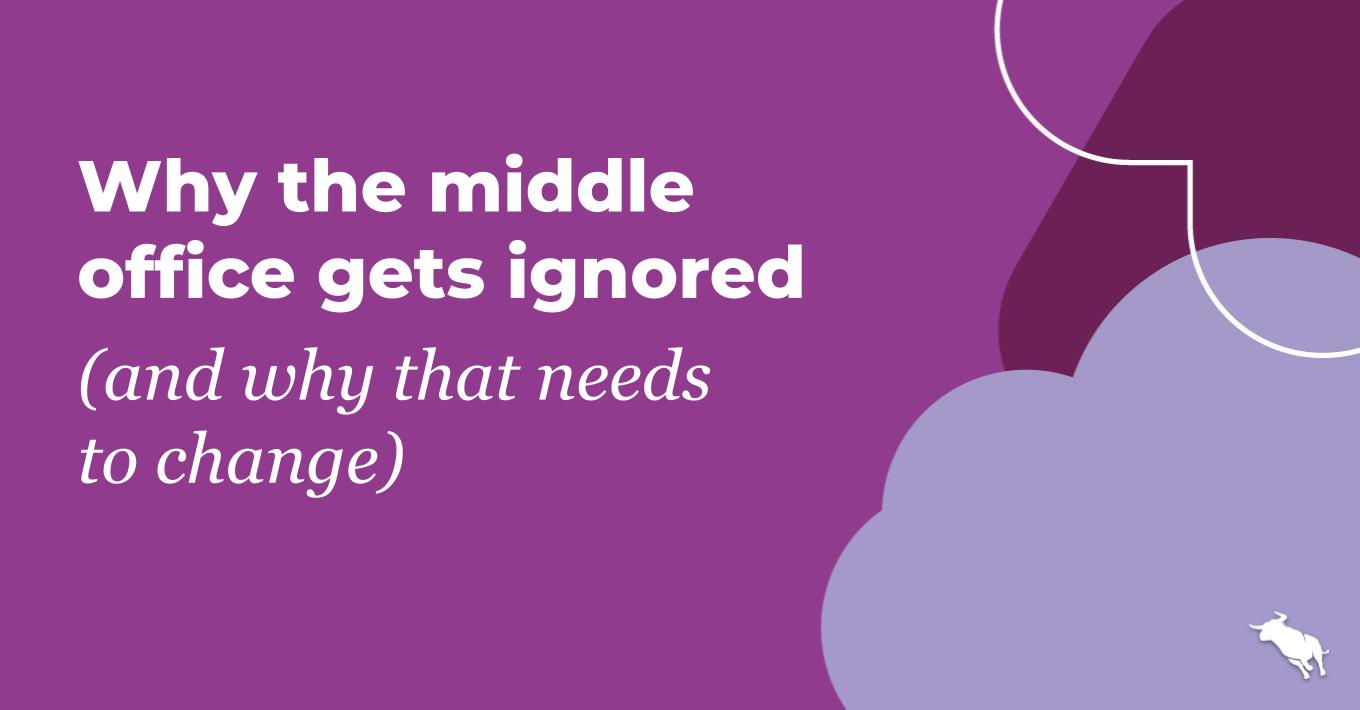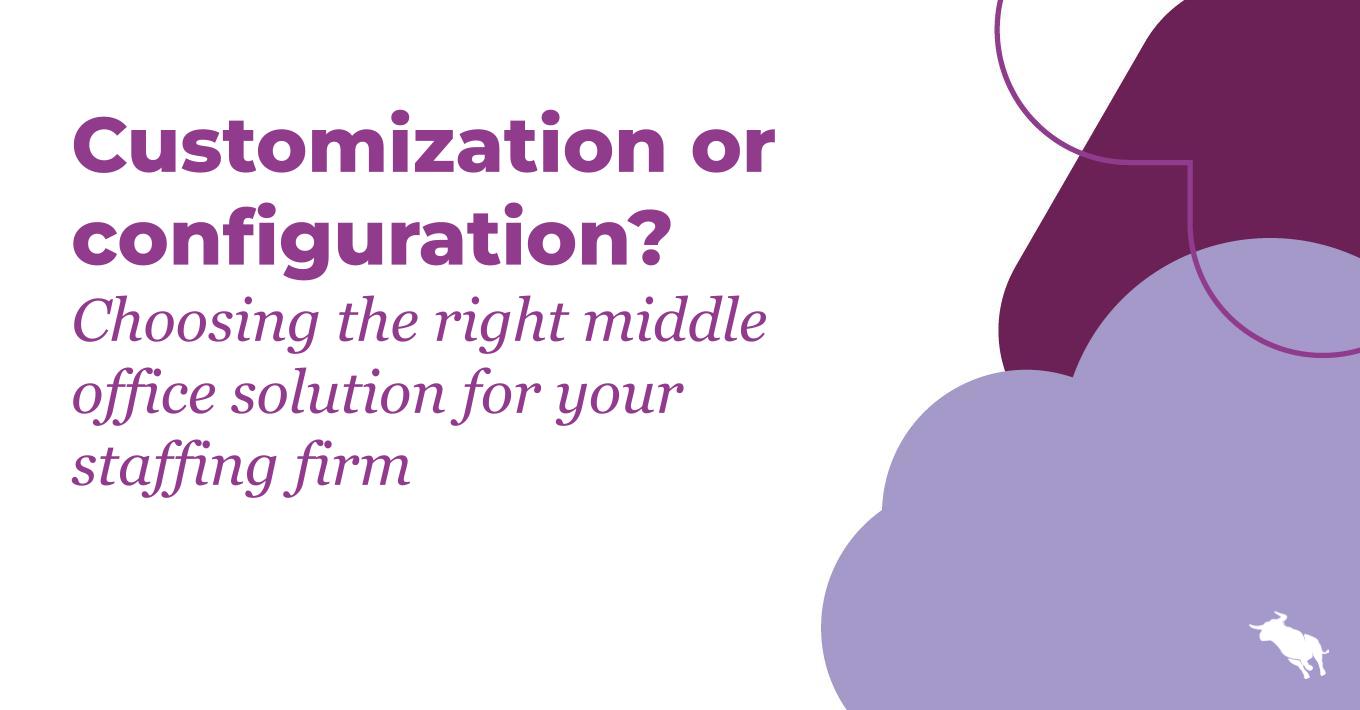Developing Your Recruitment Email Strategy and Stats

Just as it’s wise to flick through Sun Tzu’s The Art of War before you run headlong into a battle, so too should you think about strategy before you start firing off your recruitment marketing emails. A scattergun approach will always be less effective than a deliberate and considered campaign, so it’s important to develop some parameters to work within.
Before wading waist deep into the murky lake of recruitment email strategy, let’s first try and clear the waters.
Knowing your target market(s)
Your target market is the jobseeker; that much is clear. But how much more do you know about them, over and above the fact that they seek a job?
Gaining a deep understanding of your target market is key to being able to construct an effective email for them. Knowledge is power. If you’re looking for a particular jobseeker, within a certain job category or with a minimum amount of experience, this will affect how you form your email. It’s also important to know general statistics, such as the likelihood of a person opening an email on their computer vs their smartphone (74% of smartphone users check their email on their devices, but 39% of marketers have no strategy for mobile email).
It may help to create the recruitment equivalent of a ‘buyer persona’ – a semi-fictional representation of your ideal candidate. This can assist you in producing the exact sort of material your perfect email recipient will engage with and respond to.
Frequency and timing
When should you email? And how often? If a child were to ask that of his or her Dad, you might expect to hear an answer of ‘how long’s a piece of string?’
But according to MarketingSherpa, there are more appreciated and less appreciated email marketing campaigns when it comes to timing and frequency. Posing the question ‘How often, if ever, would you like to receive promotional emails (e.g., coupons, sales notifications) from companies that you do business with?’, respondents tended heavily towards at least monthly, with at least weekly also standing out from the crowd. Everyone is different however, so offering new subscribers the choice of frequency when they sign up is a terrific way to go.
While once a month is a good baseline to work from for your generic marketing material, there are a variety of factors that will affect email frequency. If you’ve got positions to fill and eager candidates to fill them, a more ad hoc approach is required. You need to ensure that your jobseekers are getting the relevant job information in a timely manner, so you’ll need to segment your database to ensure that your entire email audience isn’t constantly getting bombarded with irrelevant jobs.
As far as timing goes, Coschedule found that across 10 different studies, Tuesday was comfortably the best day to shoot off an email, while 7am and (rather surprisingly) 8pm – midnight were the best times of day to click send.
Tracking your metrics
The only way you’ll be able to check on the success of your email marketing strategy is by tracking metrics. An email marketing campaign without metrics is like a time trial without a stopwatch – sure, you can feel like you did well, but you’ll never know until you’ve got some hard numbers to back it up.
By getting data back on how each campaign performs, you’ll be able work out what works and what doesn’t, allowing you to further strengthen your campaigns into the future. The metrics you should be focusing on are:
- Open Rate: Someone opening your email (Aim for 20%-30% for recruiting)
- Click-Through Rate: Someone clicks on a link within your email (aim for >2%)
- Unsubscribe Rate: Someone unsubscribes after receiving an email (aim for <0.2%)
- Hard Bounces: You send an email to a non-existent address (aim for <2%). Not removing this email immediately will result in worse numbers for all of your other metrics.
- Soft Bounces: You send an email to an inbox that is full (aim for <2%). Often the result of a person giving out their secondary or ‘disposable’ email address. Again, it’s best to remove these emails.
- Delivery Rate: Lowered by the bounces mentioned above (aim for >95%)
- Complaint/Abuse Rate: Your email is marked as spam (aim for <0.01%)
So there you go. You’ve got the basics of your recruitment email marketing strategy down. You know which metrics you’re going to track, you’ve planned the frequency and timing of your emails, and you’ve got an idea of who you’ll target.
Now get to it!








